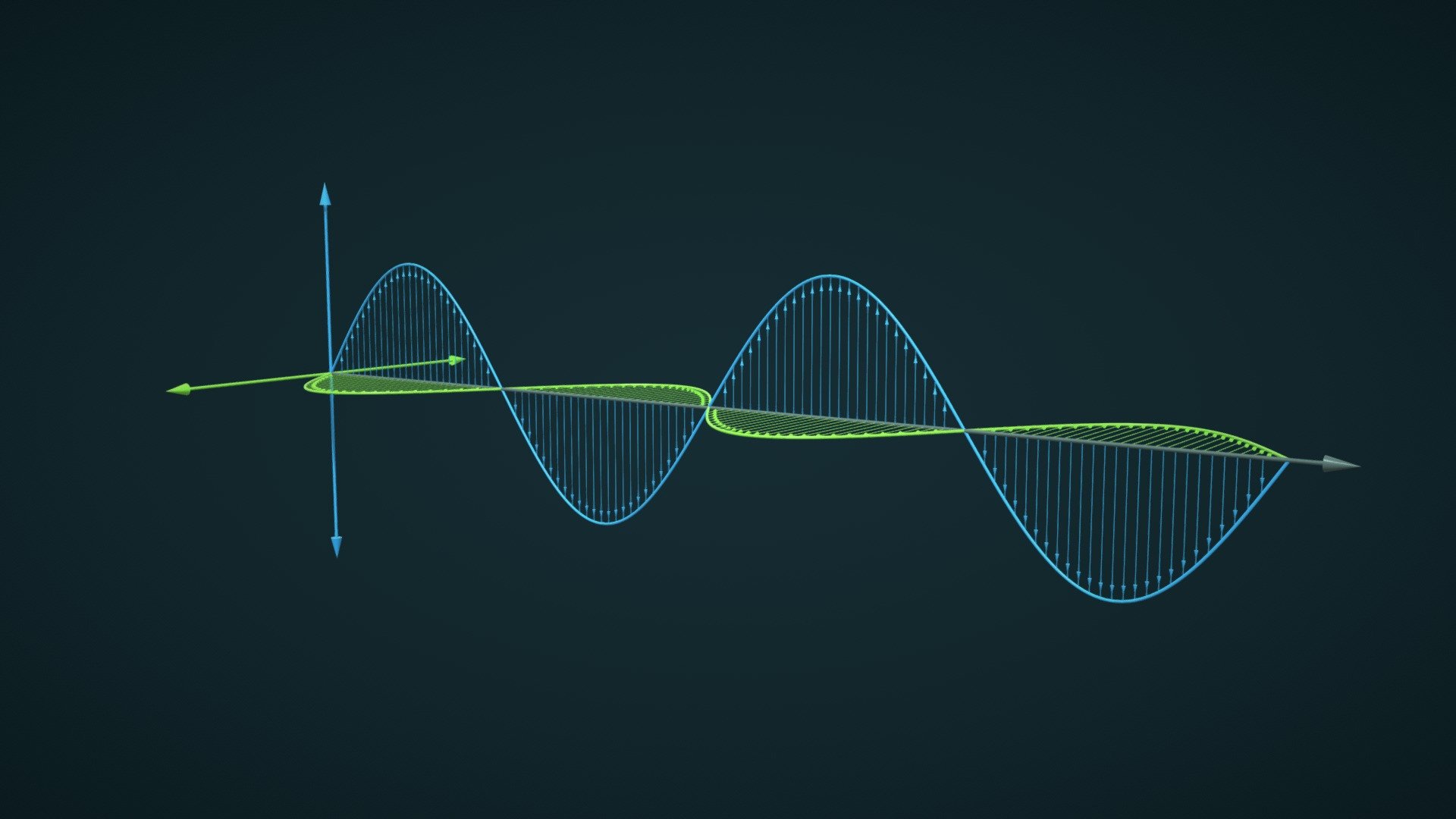
Light is everywhere. It illuminates our world, fuels life through photosynthesis, and enables us to perceive the universe. Yet, despite its ubiquity, light remains one of the most profound mysteries in science. For centuries, philosophers and scientists have grappled with its nature, oscillating between viewing it as a wave, a particle, or something entirely beyond our comprehension. Even today, as we harness light for technologies like lasers, fiber optics, and quantum computing, its fundamental essence continues to elude us.
Light is a form of electromagnetic radiation, a tiny slice of the vast electromagnetic spectrum that includes radio waves, microwaves, X-rays, and gamma rays. Visible light, the portion detectable by the human eye, spans wavelengths from about 400 to 700 nanometers. But light is more than just a wave—it’s also a stream of particles called photons, each carrying a discrete packet of energy. This dual nature makes light notoriously difficult to define. Modern physics describes light as a quantum phenomenon, a hybrid of wave and particle behaviors that defies classical intuition.
The quest to understand light began with ancient civilizations. The Greeks, for instance, pondered whether light emanated from the eyes or from objects themselves. In the 17th century, Isaac Newton proposed that light was composed of particles, while Christiaan Huygens argued it was a wave. The debate persisted until James Clerk Maxwell unified electricity and magnetism in the 19th century, showing that light is an electromagnetic wave. However, the story didn’t end there. Albert Einstein’s work on the photoelectric effect revealed that light also behaves as particles, leading to the birth of quantum mechanics.
The double-slit experiment is a cornerstone of quantum mechanics. When light passes through two slits, it creates an interference pattern characteristic of waves. Yet, when observed closely, light behaves as discrete particles. This wave-particle duality lies at the heart of quantum mechanics, challenging our classical notions of reality. The act of measurement itself plays a crucial role—observing light collapses its wave function, forcing it to “choose” a state. This paradox has practical implications, too. Technologies like electron microscopy and quantum cryptography leverage this dual nature.
Light interacts with matter in fascinating ways. When light strikes an object, it can be absorbed, converting light energy into other forms, such as heat. It can be reflected, allowing us to see objects. It can be refracted, bending as it passes through different media, creating phenomena like rainbows. And it can be diffracted, spreading around obstacles, revealing its wave-like nature.
At the quantum level, light-matter interactions give rise to phenomena like fluorescence and phosphorescence, where materials absorb and re-emit light at different wavelengths.
Today, light research is at the forefront of science and technology. Quantum entanglement of photons, where particles remain connected across vast distances, promises revolutionary advances in quantum computing and secure communication. Photonics, the science of manipulating light, is driving innovations in optical computing and high-speed internet. Exotic states of light, such as squeezed light and Fock states, are being explored for their potential in precision measurements and quantum sensing.
Light is both a beacon of understanding and a source of profound mystery. From ancient theories to modern quantum mechanics, our exploration of light has transformed science and technology. Yet, the more we learn, the more questions arise. What is the true nature of light? How does it bridge the gap between the quantum and classical worlds? These questions not only drive scientific inquiry but also challenge our philosophical understanding of reality.